Going dumb in a smart world
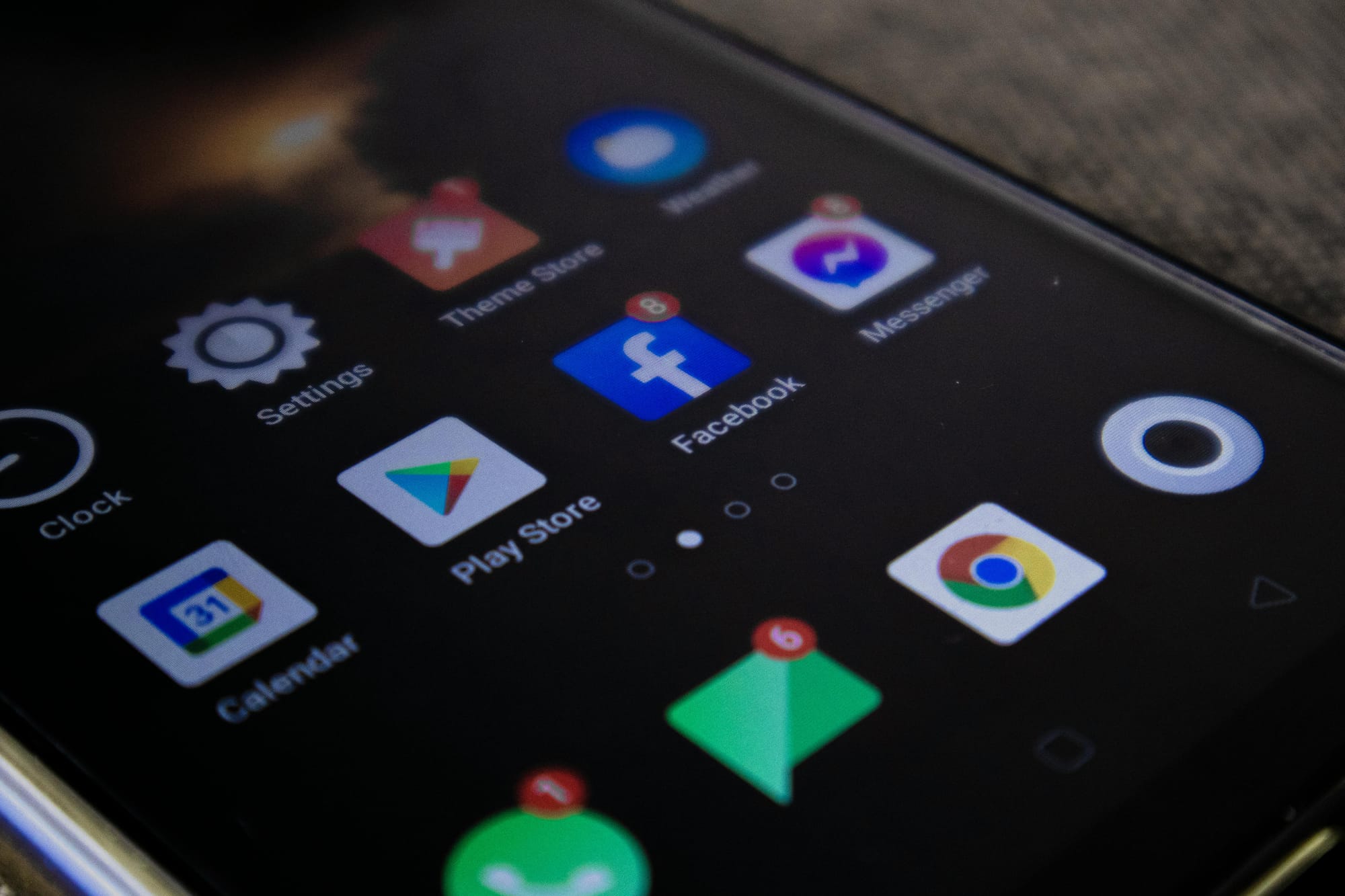
Remember when the internet was a destination rather than the invisible cloud that surrounds us 24/7? It was a computer in the house you walked up to, logged on to, dialled the internet (as long as no one was using the phone), conducted your activities, and then logged off. You stepped away from it. Man I miss those days.
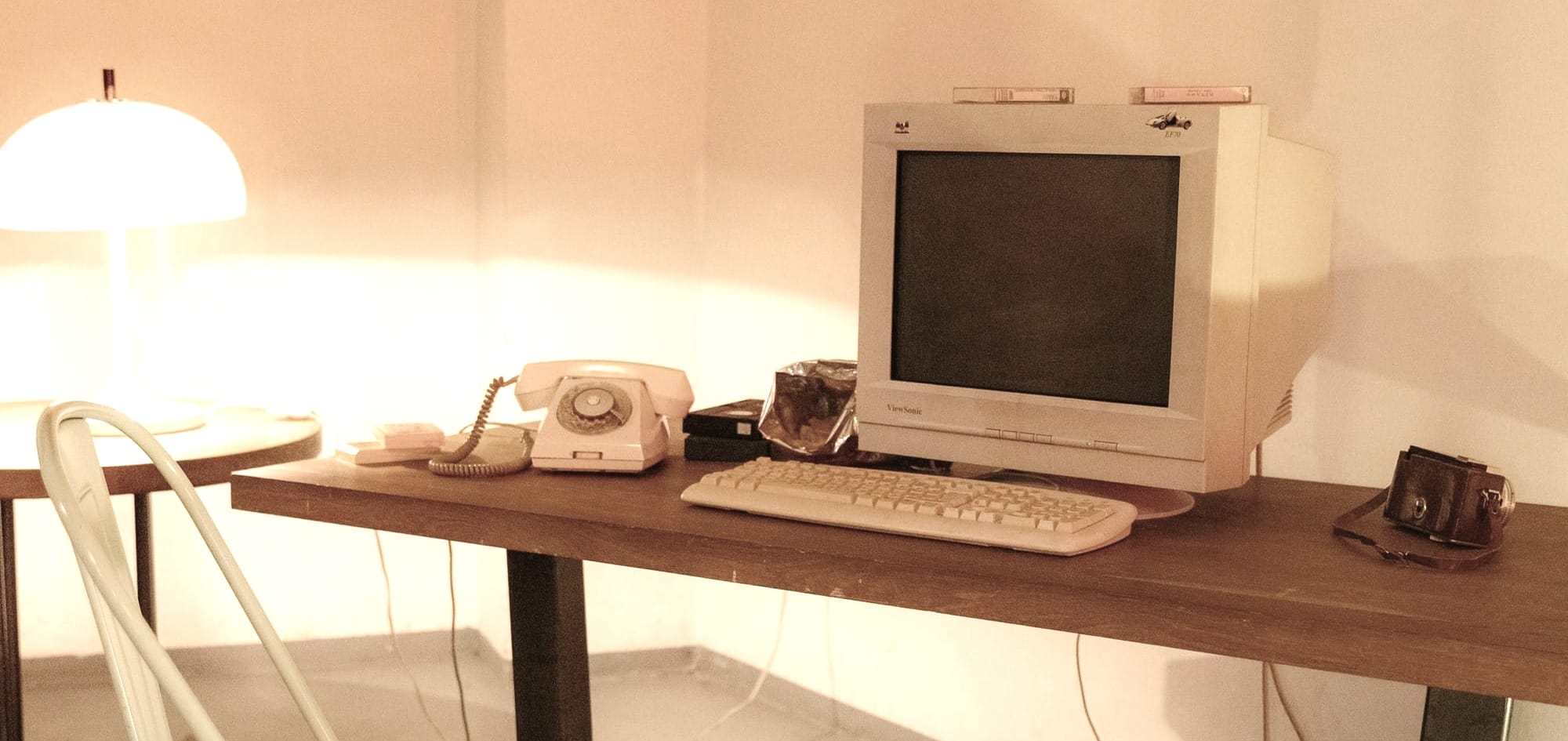
In the middle of 2024, I found myself utterly bombarded by information. My smartphone constantly buzzed with notifications, my smartwatch prodded me to move more, and my smart speakers weren’t shy about reminding me of tasks. It felt like I was drowning in an endless stream of input, the weight of trying to process an entire planet’s worth of information every day. And then I was reminded: humans were never meant for this. We’re not designed to be perpetually connected, always consuming, always reacting. Something had to change for me.
Even disabling notifications didn't help as every time I would open an app if would remind me 'Oh, you don't have Notifications enabled? that's unusual, shall we fix that for you?' No. No thank you. I started to feel like the Dopamine Culture was quickly being replaced by the Notification Culture.
The first helping hand came when a friend of mine, Ash (the host of the fantastic Under Consolation Podcast about 90s media and video games), shared how he navigated a similar overwhelm. He told me he’d replaced his smartwatch with a simple digital watch. It was such a small, almost laughably simple suggestion, but it resonated with me. The next day, I decided to do the same.
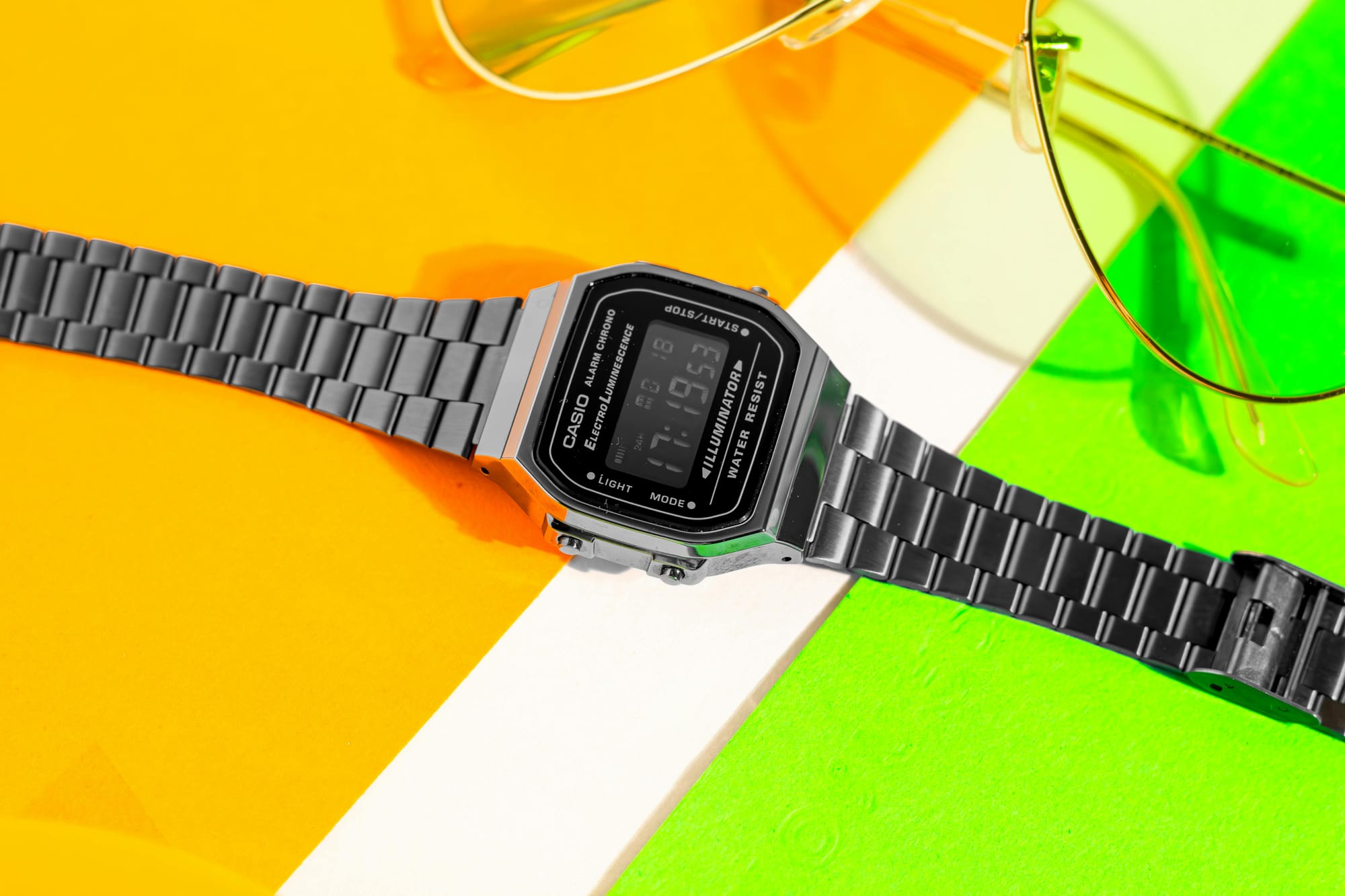
I swapped out my smartwatch for a humble digital Casio watch, I do love the retro look and feel of it, and almost immediately, I felt… lighter? That’s the best way to describe it. No more constant nudges reminding me I was being “lazy” or needed to walk more. My smartwatch had made me feel like some kind of modern meat Tamagotchi (a term my community coined during my livestreams, thanks to those “hydrate” and “stretch” rewards viewers can redeem). Without those incessant interruptions, I felt freer, more in control of my day. Plus, the simple convenience of glancing at my wrist to check the time, no shaking or button-pressing required, was a surprisingly delightful change.
Don’t get me wrong, I still use my smartwatch when exercising. It’s incredibly helpful for tracking workouts. But for day-to-day life, the digital watch has been a lifesaver.
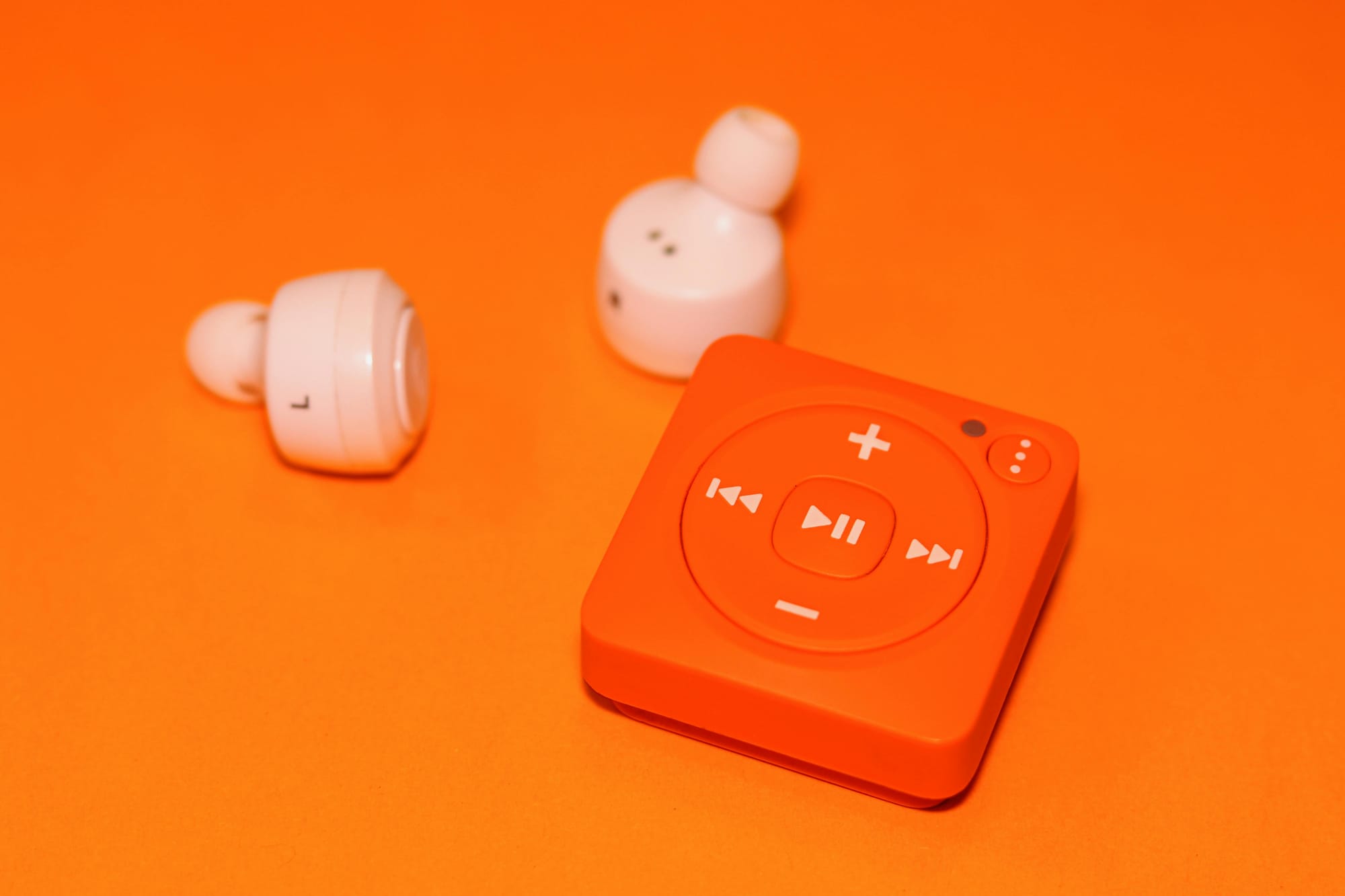
Taking the Music Offline
My next sidequest was to go 'less digital' was addressing music. Streaming services like Spotify are incredible, but for me, they also represent a gateway to doom scrolling and energy vampirism. My phone is like a siren, luring me into a vortex of endless distraction. If I wanted to truly go “less online,” I needed an alternative for listening to music as it's such a big part of my life.
Enter the digital audio player. The idea struck me while reminiscing about my old mentor, Kim. Years ago, he let me listen to a song on his high-end music player in the office, and it was the first time I truly understood what “audiophile” sound meant. I could actually hear the difference. Now, inspired by that memory, I bought a simple digital music player that supports FLAC files (arguably the best audio quality available).
The next challenge was figuring out where to buy music in 2024. Turns out, iTunes lets you purchase songs in FLAC format. After a bit of searching and downloading, I had my offline playlist ready to go. And let me tell you, it’s been a game-changer. I’m rediscovering albums and songs I love without the distractions of notifications or algorithms pushing me to try something “new.”
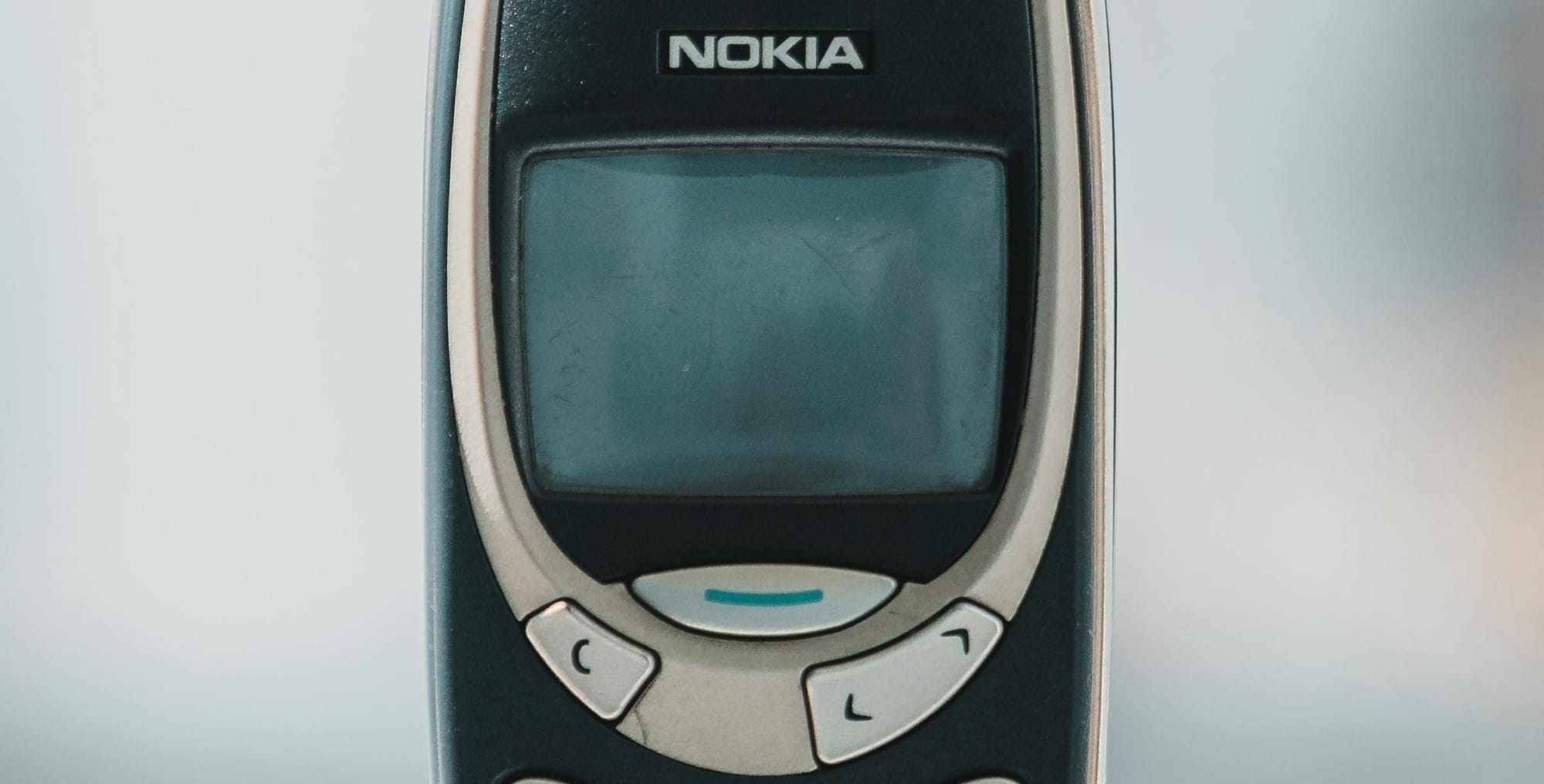
The Next Step: A Non-Smart Phone
Now that I’ve embraced an offline digital watch and a “fancy” MP3 player, I’ve been toying with the idea of taking the ultimate plunge: swapping my smartphone for a dumb phone. I’ve already purchased one of Nokia’s new-old 3210s, and it’s a nostalgic delight. The thought of limiting my “chronically online” tendencies is tempting, but I will admit I’m not quite ready to make the switch full-time just yet. Maybe by the next post, I’ll share how that journey unfolds.
For now, though, I’m relishing the small but impactful changes I’ve made. A digital watch, an offline music player, and a sense of control I didn’t realise I was missing. It’s not about rejecting technology but more about finding a balance that works for me.
Wish me luck on the next step of this journey. Here’s to living a little less digitally in an overwhelmingly digital world.
Stay Safe, Be Kind.
